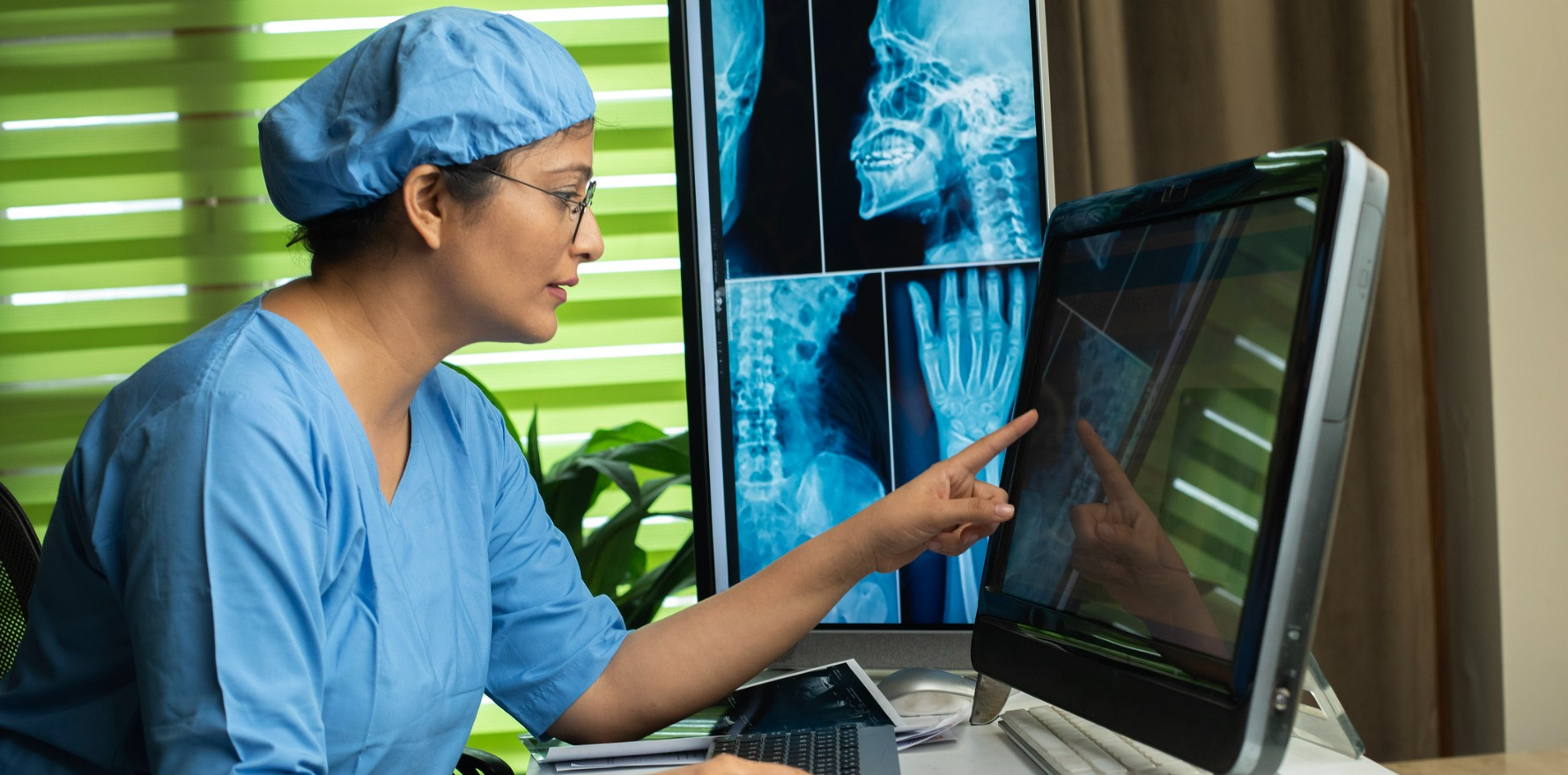Open FHIR API standards have been extended into more diagnostic services with this latest collaboration.
After its successful launch with Queensland Xray earlier this year, Magentus’ eRequests has been rolled out with Lumus Imaging.
It will allow referring specialists to share key patient information securely and instantly with Lumus Imaging. After the scan, patient can then get immediate access to their digital requests giving them better transparency over their care.
This further extends the use of Open FHIR API standards into more diagnostic services. Most of Australia’s private pathology laboratories, including Sonic Healthcare, Healius and Australian Clinical Labs, are already using it.
For practices using Genie and Gentu practice management platforms, doctors know when patients have attended their appointments and can get real-time tracking and secure two-way messaging for improved care coordination.
According to Lumus Imaging CTO Alex Larson, eRequests transforms how information flows across the system.
“By aligning with national HL7 FHIR standards, it is delivering on the vision for digital health in Australia: better experiences for patients and more efficient workflows for providers.”
Healthcare interoperability company Kailo Medical has helped enable this collaboration by streamlining diagnostic investigation workflows.
Related
Robert Newman, Kailo Medical Director and Cofounder said interoperability is about creating a better experience for patients and clinicians.
“Harnessing the power of FHIR through the KailoHub, we’re removing friction from the diagnostic process and ensuring information flows securely and efficiently. This partnership with Magentus and Lumus demonstrates the power of collaboration to deliver smarter, more connected care.”
Magentus Managing Director (Practice Management & Oncology) Michele Blanshard, agreed:
“Building on the momentum from Queensland X-Ray, this partnership with Lumus
Imaging and Kailo Medical shows what’s possible when interoperability becomes reality.
Together, we’re creating a foundation for smarter, more connected healthcare.”




